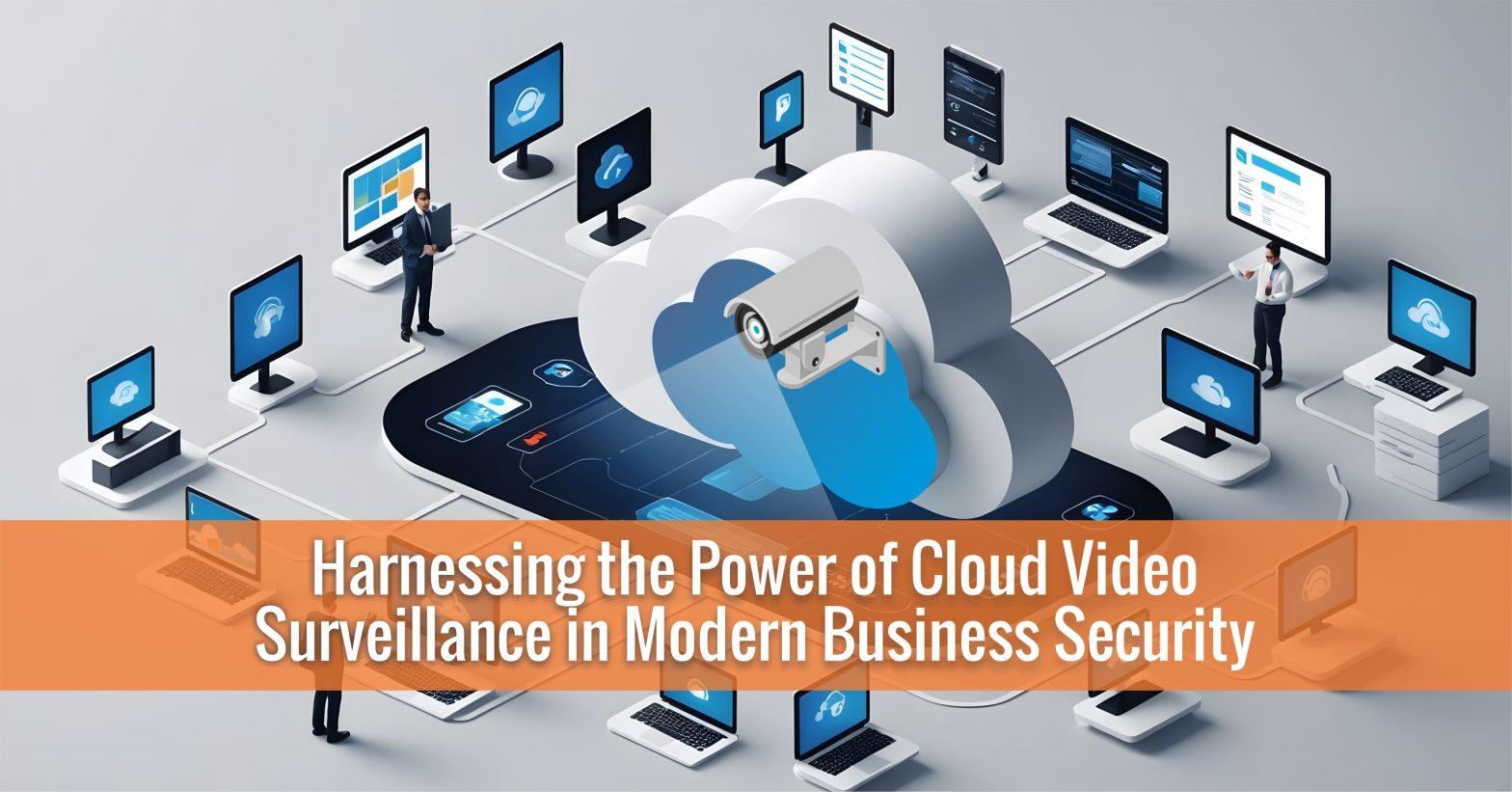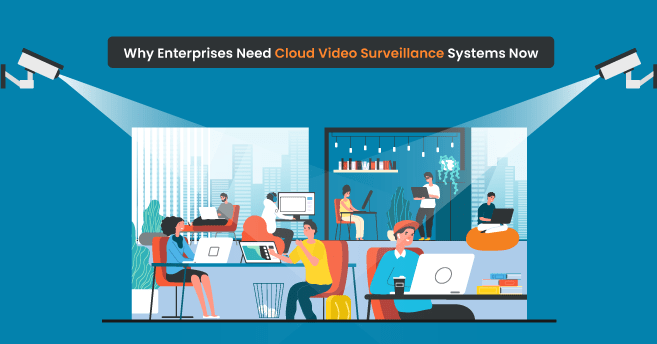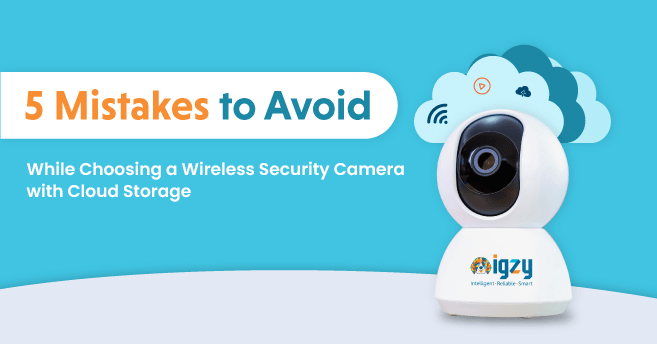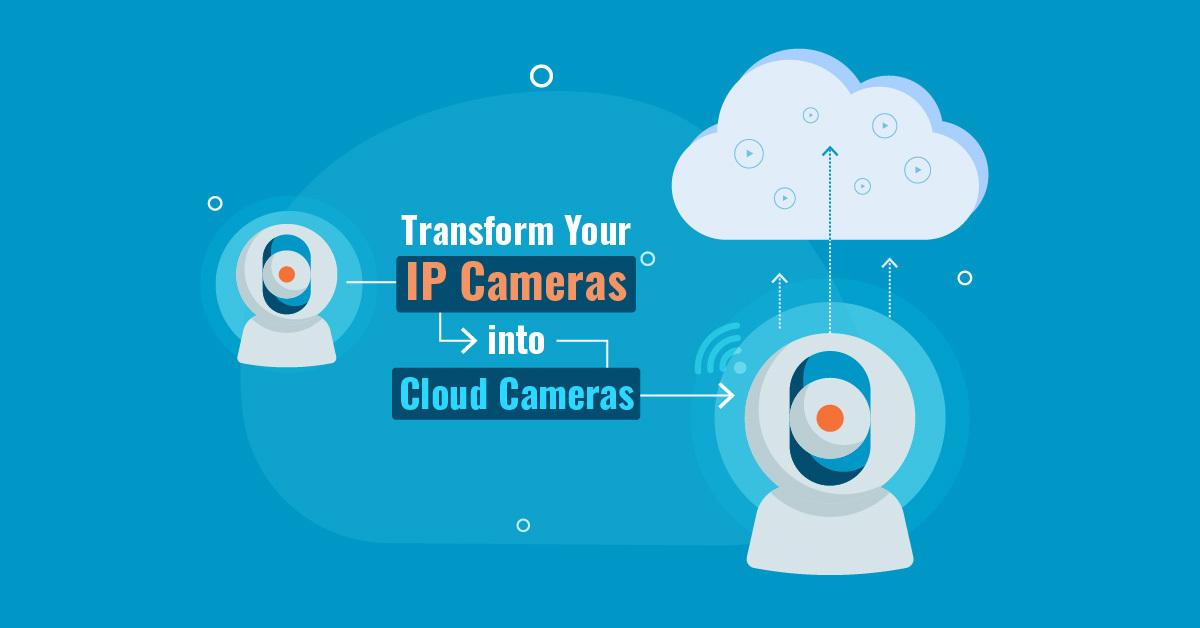Manage Cameras with Cloud Based VMS

Table of Contents
Cloud Based VMS – A Video Management System or VMS is a software which allows the users to connect all the surveillance cameras and access the footage in real-time. It is capable of recording, storing, and analyzing the footage.
Nowadays, every organization irrespective of the industry needs a robust cloud-based VMS solution to efficiently manage and monitor its resources and working. An integrated VMS is part of an enterprise’s growth story.
Cloud Based VMS provides the service of combining all the smart cameras and monitoring them centrally. The cloud-based video management system allows users to manage unlimited servers, cameras, and users from a simple, modern web browser interface without incurring much infrastructure cost. It decreases the dependency on complex servers, hardware, and storage devices on-premises. Everything is connected to the cloud via the internet and the data is stored at professionally managed data centers.
Global VMS Market Size
The adoption of Video Management System is ever increasing as enterprises seek to safeguard their physical and capital assets and human resources. VMS market crossed the mark of $3 billion in 2019 estimated to grow at a compounded annual growth rate of 18% to reach $10 billion by 2026.
The world is transforming at a very fast pace. With the introduction of new technologies in the security and surveillance space, companies are witnessing a drastic shift from traditional VMS to cloud-based VMS. Within the VMS market, cloud-based VMS is expected to grow at a CAGR of 25% which is much faster compared to the industry as a whole. Because organizations are shifting to cloud-based VMS from on-premises VMS. The main drivers behind this growth are
- Less expensive equipment
- Analytical capabilities
- Unified interface
- Secure
- Flexible and Reliable
How cloud Based VMS is a boon for an enterprise’s surveillance
1. High-quality video monitoring
Cloud based VMS supports a wide array of cameras. It provides wider compatibility so that users can install cameras of their choice without worrying about its working. High-quality IP cameras provide greater details than what is possible with an analog camera system. Just some changes in commands can increase the resolution provided without having to modify the existing hardware. This improved resolution is proved very beneficial at the time of extracting any minute information from the footage.
2. Easy access
Cloud-based video management system provides the convenience of remote viewing. Users don’t need to be physically present around the surveillance system to view the footage. With the unified cloud video management system users can easily switch between multiple cameras, focus on point of interest, and review any part of the footage, saving time and effort of going through an entire day’s recording. APIs issued are used by the client to review and access the data and can be integrated with other systems as well.
3. Effortless installation and maintenance
Setting up traditional VMS is a long, tedious, and complex task. It requires installing the operating system, configuring all the servers and routers, deploying storage devices then aligning all the cameras and connecting everything with the operating system. Cloud based VMS eliminates the needs of complicated network setup. Simply plugging the cameras with bridge appliance and then it can be automatically configured. Cloud Based VMS has made the task of configuring cameras to the application software a lot faster and easier. The easy solution installation also saves the enterprise from bulky upfront infrastructure.
4. Security of recordings
Data on cloud video management system is virtually free from the risk of vandalism and theft. There are no open ports and cyber-security vulnerabilities from which the data can be stolen. All the data transferred is encrypted making it safe. No data is stored on-site hence no firewall installations are required. The system performs automatic backups in case of data being mistakenly deleted by the user. Professional teams managing the data at the data centre protects it from online attacks and appoint trained guards to keep the infrastructure safe from physical damage.
5. Easy scaling
In the case of traditional DVRs or NVR, each camera needs to be manually wired and connected to the main wiring. Whereas, after initial installation of the bridge, every new camera can be automatically configured. The easy VMS installation gives enterprises the freedom to adjust to the evolving business needs without worrying about surveillance. Moreover, the cloud system allows remote configuration of multiple servers into one reducing the cost and users can pay only for the cameras they use. As data is stored at one location, it makes viewing footage from multiple sites in a single interface possible. A lot of money is saved which earlier would have been spent on setting up additional DVRs or NVRs. Hassle-free addition of cameras is possible without affecting the already installed ones.
6. Video analytics
Cloud-based systems have all the cameras even from multiple sites under the same hood. The VMS in cloud allows for a much faster and advanced footage analyzes with data being centrally managed. Moreover, real-time data insights are available to the user for much accurate and quick decision-making. It provides a platform for AI and ML to be integrated within the system giving it an edge over traditional VMS. Machine learning enables the system to constantly learn from the captured data for the enterprise’s benefit. Artificial intelligence, when coupled with the VMS, drives the organization towards automation. Various abilities are unlocked by AI and it depends on the programming done. For instance, using AI, VMS can be programmed to detect uniforms for an organization and alert the manager in case of any discrepancy. Or monitoring kitchen for unnecessary waste or garbage and checking the crockery and cutlery if placed at designated areas to ensure hygiene and safety.
7. More Storage Retention
In traditional VMS, the data is stored on-site. The storage is physically present and inflexible. The storage space is limited by the storage drive installed. To increase the storage capacity, the client either has to buy new drives or install additional drives with the existing ones. As data is stored in large shared data centers managed by professionals, new generation cloud based VMS solution offers various plans and users can modify the plans according to the business needs. Automatic backup is yet another feature associated with cloud-based systems.
8. Reduced costs
The initial cost of setting up a traditional VMS is very high as it needs a lot of upfront hardware. The running for the same is also very high as the hardware needs regular checkups, staff needs to be trained and due to a large number of working parts, there are more chances of replacement. There is a substantial decrease in upfront cost for setting up a cloud-based VMS as it requires only the surveillance cameras and bridge to connect it to the cloud. There are negligible working costs as it only requires the payment of a monthly subscription to the provider company. Moreover, data is handled by the cloud in shared infrastructure, thereby achieving economies of scale. Fewer working parts to manage, less skilled personnel requirements, lower subscription costs, and economies of scale make it a more economical and viable option both in the short run and long run.
9. Automatic software updates
Being centrally managed with many other similar clients, cloud-based video management is taken care of by trained technicians which make sure to keep the devices up to date. Cloud-connected devices receive regular updates over the internet. Moreover, the devices are regularly checked remotely for any faults to ensure uninterrupted services. Firmware is updated automatically with any human discretion and makes managing things a lot more stress-free and efficient for the users.
Prerequisites to be considered while installing cloud based VMS
1. Size of the organization
Size of the organization is very much essential in deciding the correct size of Cloud based VMS it would require- small, medium, or large varying with every enterprise. Subsequent storage plans offered by companies should also be analyzed according to the needs.
2. Industry operated in
Every VMS is based on a different architecture based on different utility for different industries. The layout of the cloud based VMS and its component’s compatibility also varies to a great extent. So one should select a VMS smartly.
3. Video Analytics required
Every type of cloud based VMS has different video analytical capabilities and functionality. Like inventory tracking for warehouse, face recognition and human traffic management in retail, etc. so enterprises should choose cloud based VMS keeping in mind the Video analytics required.
4. Enterprise requirement
There are hundreds of VMS systems from different companies available in the market. Some vary in technology while some vary in working. Enterprises need to find the one that is best suited to their needs.
5. Future Plans
Future plans should never be left behind in deciding for cloud based VMS. Expansion plans must be considered by the owners. And the expansion must be quantified into numbers to get an exact idea of what the organization would need in future and modify plans according to it.
6. Pricing and enterprise’s ability to pay
This is one of the most important factors for small and medium scale business if not for large businesses. Pricing from various providers should be compared and matched with the enterprise’s financial ability.
Thoughtful of advancing to a cloud video management system? Consult IGZY for all your cloud-related solutions.





